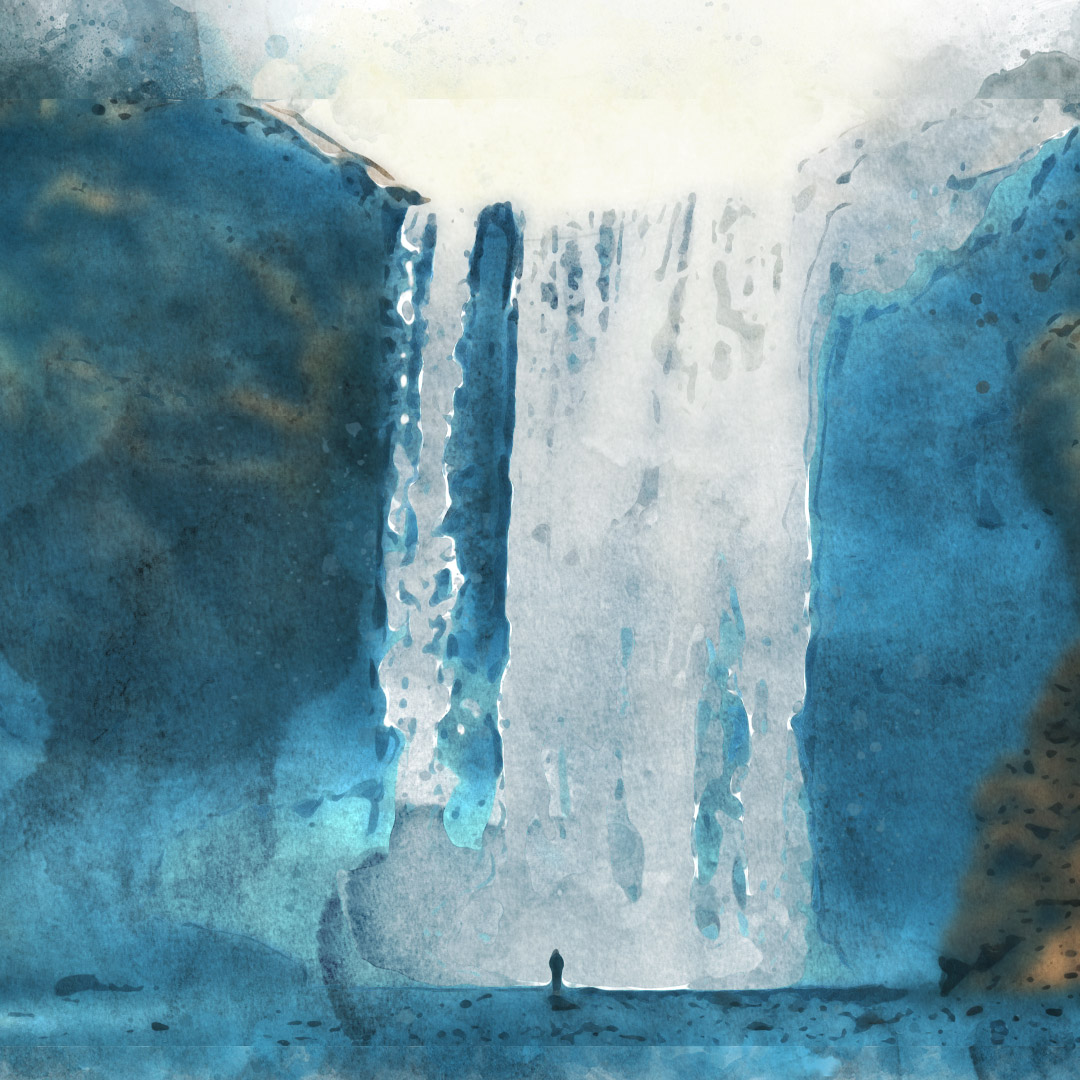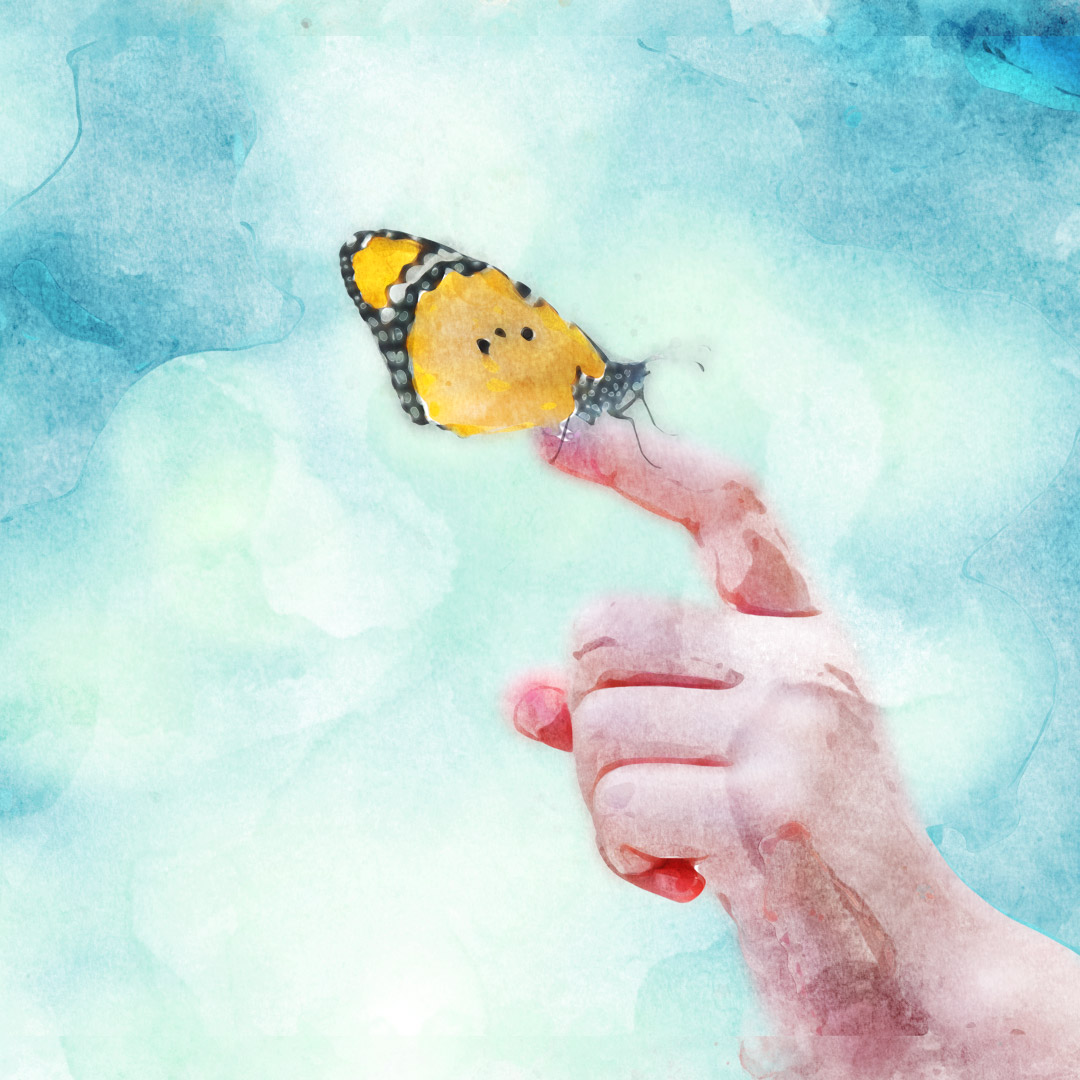Sthula Dhyana or Gross Contemplation is a spiritual vedic meditation that uses a Deity or Guru (spiritual teacher) as the object of meditation to establish divine connection with God(1).
Introduction
Sthula Dhyana is a meditation method where the practitioners focus on the deities or Gurus of their choice and contemplate on their form(1). To meditate this way, the meditators picture an image of the deity in their mind and allow themselves to become absorbed in it(2). This is one technique where the role of the practitioner is greater as he or she can experience the Almighty only by properly performing the Sthula Dhyana(2).
During this meditation, the practitioners keep the image of the deity in the back of their mind and use it as a seed, which helps them to experience God both intellectually and emotionally(2). The technique enables the meditators to positively sense the presence of the Deity(2).
History/Origins
‘Sthula’ is a Sanskrit word which signifies objects that have a physical, gross existence(3). Sthula is often used as an adjective in yogic philosophical writings to denote anything that is fixed and manifest(3). In a broader sense, any physical matter is Sthula, including the human body, trees, jewelries, and other objects(3).
The physical appearance of Gods is also referred to as Sthula in Vedic texts(3). This is why contemplating on a Deity for meditation is called Sthula Dhyana, as the physical manifestation of the Almighty is described as “Sthula” in sacred Hindu literature. It is believed to be one of the three levels of existence; the other two being Sukshma and Karana(3).
Benefits of Vedic Meditation (Sthula Dhyana)
A study published in the Journal of Religion and Health(4) informs that contemplation-based meditation techniques like Sthula Dhyana can be useful as treatment for psychological disorders. Another research paper(5) suggests that contemplative meditation can be an effective tool for reducing stress-induced hypertension and ambulatory blood pressure. For this reason, Sthula Dhyana or Gross Contemplation is highly recommended for maintaining good mental and physical health.
References
- Dilip Kumar Publishers | Gheranda Samhita: Sanskrit – English, Edited by Chandra Vasu and Translated by Rai Bahadur Srisa
- Council for Research in Values and Philosophy | Paths to the Divine: Ancient and Indian by Vensus A. George
- yogapedia.com | Sthula
- Journal of Religion and Health | Volume 57 | 2018 | Contemplative Meditation and Neuroscience: Prospects for Mental Health by Denis Larrivee and Luis Echarte
- Journal of Human Hypertension | Volume 22 | Contemplative meditation reduces ambulatory blood pressure and stress-induced hypertension: a randomized pilot trial by J. P. Manikonda, S. Störk, S. Tögel, A. Lobmüller, I. Grünberg, S. Bedel, F. Schardt, C. E. Angermann, R. Jahns, and W. Voelker






